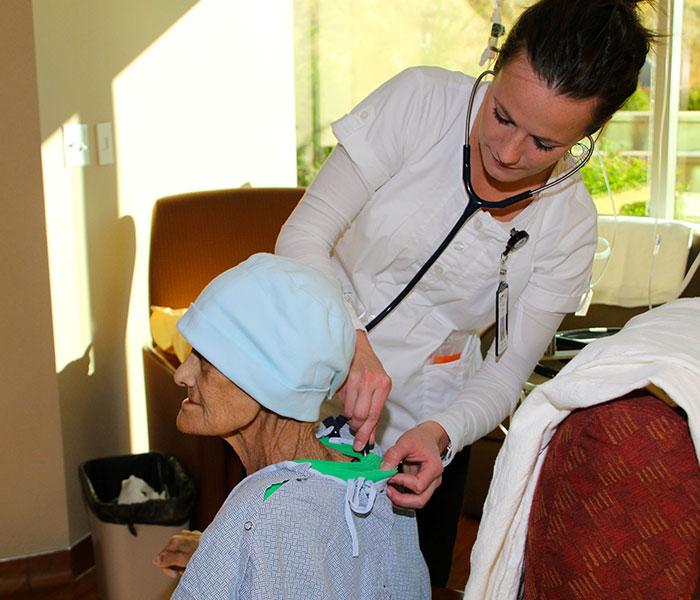In many ways, palliative care is central to oncology nursing. Defined as care provided to maintain or improve the quality of life of those with a serious illness or injury, this holistic, inclusive symptom control care is something oncology nurses provide as part of routine daily practice—even if they do not label this practice as such.
The goals of palliative care include psychosocial, spiritual, and physical symptom management to allow patients to maintain the best possible quality of life. Providers practicing palliative care also aim to assist patients in autonomous decision making based on their own goals, needs, and values. These goals align perfectly with both the American Nursing Association’s Nursing Code of Ethics and the central tenets of caring that are unique to nursing.
Despite the obvious benefits of focused psychosocial, spiritual, and physical symptom control, barriers remain for access to palliative care services. Moreover, confusion still exists among healthcare providers, as well as patients, regarding the differences between hospice and palliative care. Early palliative care involvement improves outcomes and even extends lives. But in some patient populations, fewer than nine percent use hospice services, despite the known benefits.
As nurses, we have a crucial role in promoting the benefits of early palliative care involvement. Through educating our colleagues and patients regarding the differences between hospice and palliative care, we can dispel myths, offer factual knowledge, and seek opportunities to minimize known cultural and economic barriers to care.






